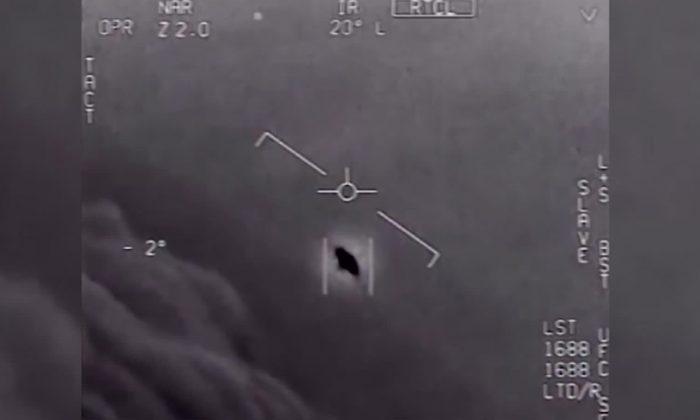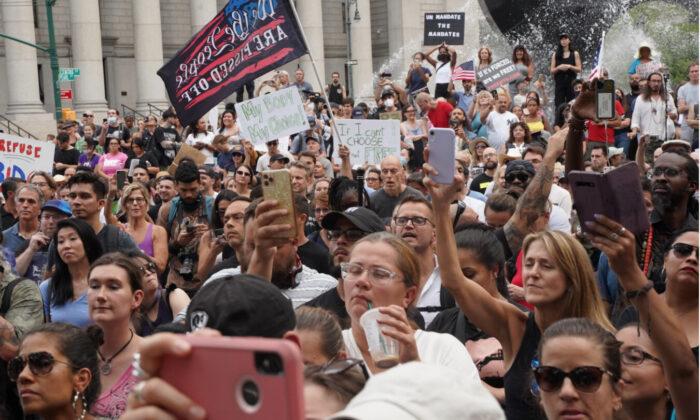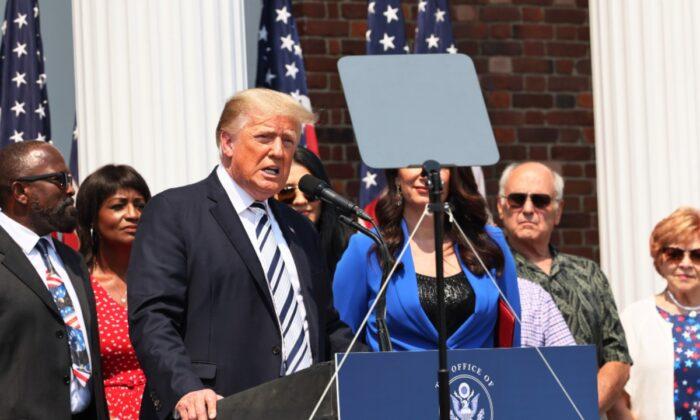The passing of a $2.3 trillion CCP virus relief and government spending bill on Dec. 28 triggered a 180 day countdown for the Pentagon’s UAP (Unidentified Aerial Phenomena) Task Force to release declassified information to the Senate Intelligence Committee about their current intelligence on advanced aerial threats from UFOs or “anomalous aerial vehicles.”
The Act does not provide a guarantee that the federal government will release a comprehensive UAP report of declassified material. But Mellon, who contributed to drafting the new legislation, believes that oversight of the issue is long overdue.
“Consequently, it’s now fair to say that the request for an unclassified report on the UAP phenomenon enjoys the support of both parties in both Houses of Congress,” Mellon said. “Assuming the Executive Branch honors this important request, the nation will at long last have an objective basis for assessing the validity of the issue and its national security implications. This is an extraordinary and long overdue opportunity.”
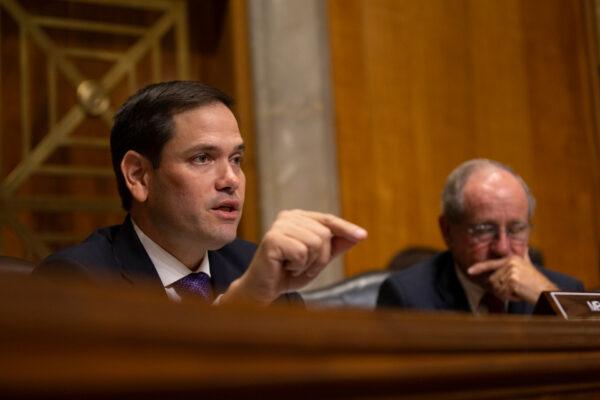
The committee said it was in full support of the efforts of the UAP Task Force at the Office of Naval Intelligence to report on “any links” UAPs are found to have to adversarial foreign governments.
“The Department of Defense established the UAPTF to improve its understanding of, and gain insight into, the nature and origins of UAPs,” the statement said. “The mission of the task force is to detect, analyze and catalog UAPs that could potentially pose a threat to U.S. national security,” it continued, adding that personnel safety in their operations is of prime importance.
The task force was approved by Deputy Secretary of Defense David L. Norquist on Aug. 4.
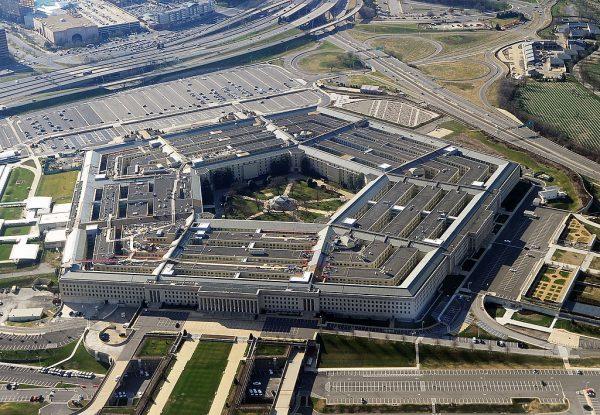
“After a thorough review, the department has determined that the authorized release of these unclassified videos does not reveal any sensitive capabilities or systems, and does not impinge on any subsequent investigations of military air space incursions by unidentified aerial phenomena,” the DOD stated.
